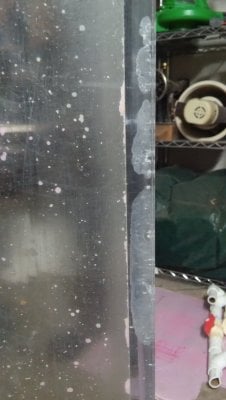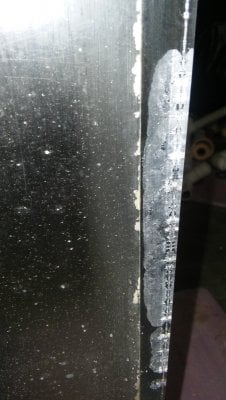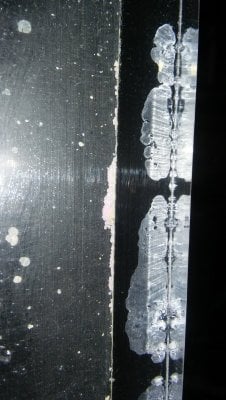Math to get acrylic bonding rightWhat in the heck are we talking about?
It's weir overflow calculation..
Follow along with the video below to see how to install our site as a web app on your home screen.
Note: This feature may not be available in some browsers.
Math to get acrylic bonding rightWhat in the heck are we talking about?
Math to get acrylic bonding right
It's weir overflow calculation..
Yeah it gets pretty darn close actuallyOh didn't know we were back on that. @Floyd R Turbo have you ever used the calculation in a real life situation?
I guess taylor has used it for gross calculations in real life..
Btw haven't seen him in a while..



you wouldn't want to do this and only this. No matter what you're going to need the gusset.Also, is there a technique where you make the void bigger and then (re)fill it with the WO40? ...as to keep the stock appearance?
http://www.eplastics.com/Plastic/Plexiglass_Acrylic_Profiles/ACRTRI-LARGEWhat size triangular rod would be appropriate for this fix?
Your "off the top..." thought is exactly what I was thinking, as a layman.
I imagined using some sort of skillsaw type tool with a shallow thin blade to run the length of the damage and create one long void that was wide enough for some sort or applicator. Since I'm not familiar with the integrity of such materials I did not know if this was "how it worked".
My other idea was to basically Dremel out the whited area with a narrow conical shaped but that would allow the applicator inside the void, but narrow as it deepened and have gravity do the work in the crevice.
...almost like a "V" shaped groove/channel for pooling, something that might resemble a welder's gap between two pieces of stock.

